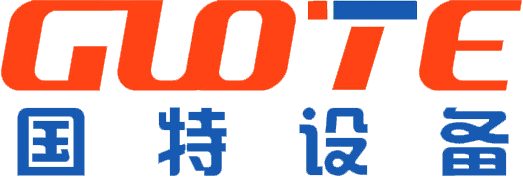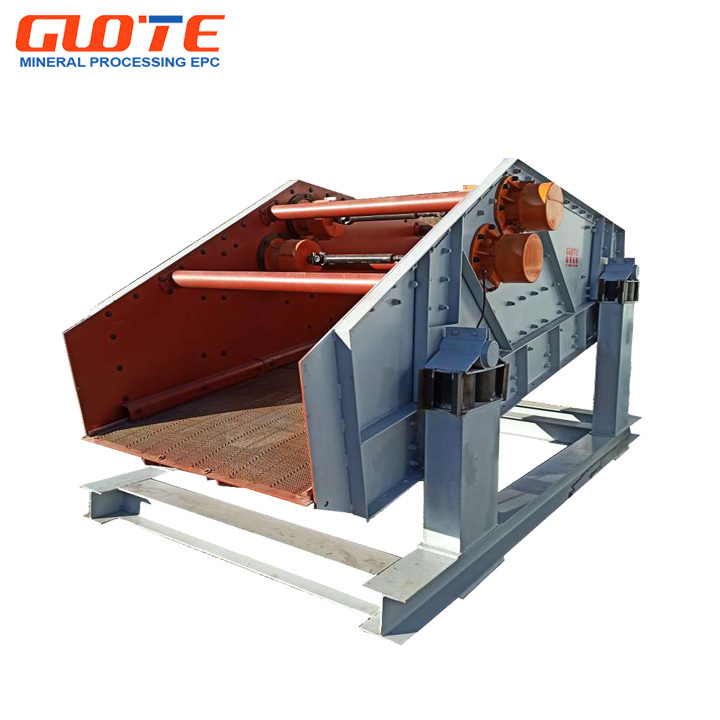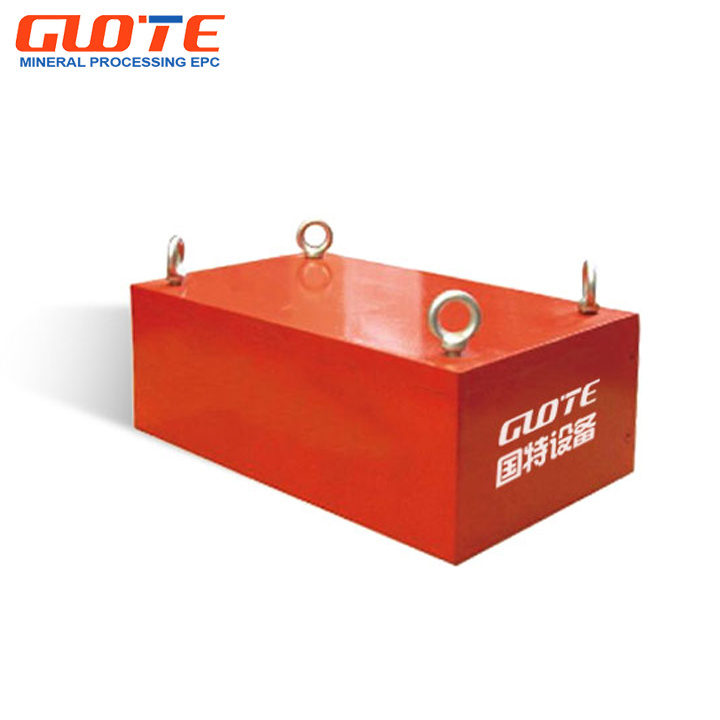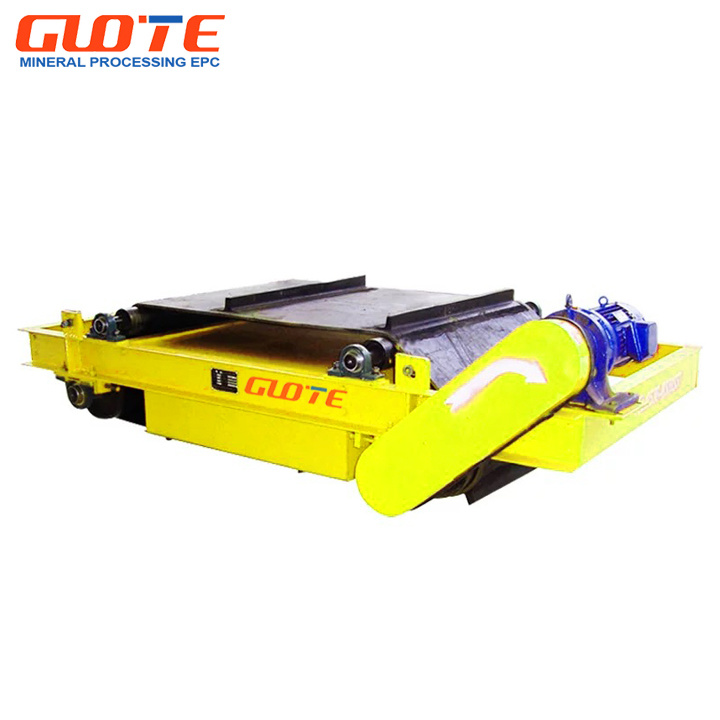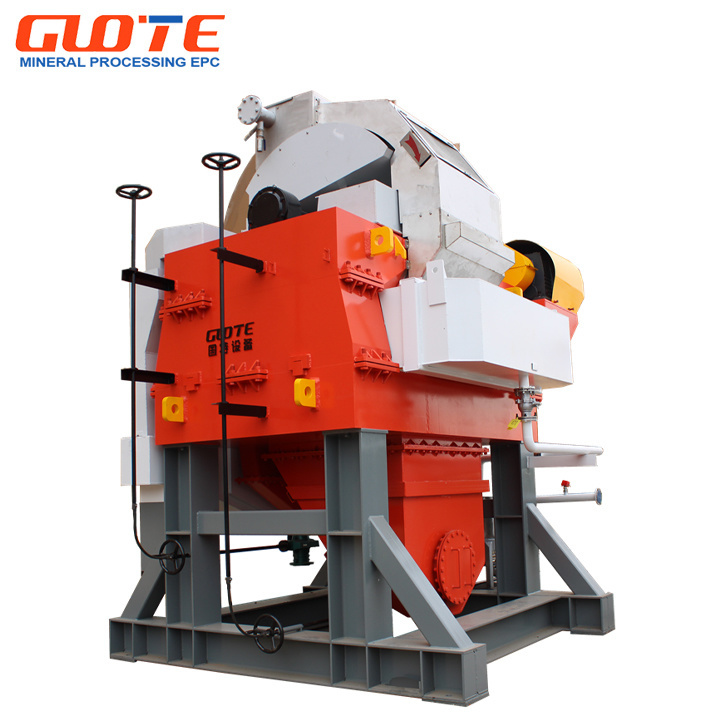Unlocking Efficiency: The Vital Role of China's Dry Roller Magnetic Separator in Material Processing
Unlocking Efficiency: The Vital Role of China's Dry Roller Magnetic Separator in Material Processing
Table of Contents
1. Introduction to Dry Roller Magnetic Separators
2. Understanding Material Processing Challenges
3. How China’s Dry Roller Magnetic Separator Works
4. Key Advantages of Using Dry Roller Magnetic Separators
4.1 Enhanced Efficiency in Separation
4.2 Cost-Effectiveness of Operations
4.3 Environmental Benefits
5. Applications in Various Industries
5.1 Mining and Minerals
5.2 Recycling and Waste Management
5.3 Food and Agricultural Processing
6. Maintenance and Operational Guidelines
7. Frequently Asked Questions (FAQs)
8. Conclusion
1. Introduction to Dry Roller Magnetic Separators
Dry roller magnetic separators are specialized devices utilized in various material processing applications for the efficient separation of ferrous and non-ferrous materials. These machines operate by employing powerful magnetic fields to attract and separate metallic particles from non-metallic substances. As industries strive for greater efficiency, the demand for such advanced technologies has surged, particularly in regions like China, where manufacturing capabilities continue to expand.
2. Understanding Material Processing Challenges
The material processing industry often faces several challenges, including the need for efficient recovery of valuable materials, contamination control, and waste reduction. Traditional methods can be labor-intensive and inefficient, leading to increased operational costs and lower productivity. The advent of innovative solutions like the dry roller magnetic separator presents an opportunity to overcome these hurdles, allowing businesses to optimize their processes and improve profitability.
3. How China’s Dry Roller Magnetic Separator Works
The operation of a dry roller magnetic separator involves several key components that work in tandem to achieve efficient separation. The primary mechanism includes:
- **Magnetic Roller**: This is the core component that generates the magnetic field necessary for attracting ferrous materials. The strength and configuration of the magnetic roller can be tailored to meet specific processing needs.
- **Feeding System**: The material to be processed is fed into the machine through a conveyor system, which ensures a steady flow for optimal separation.
- **Separation Zone**: As materials pass over the magnetic roller, ferrous particles are attracted and held against the roller, while non-ferrous materials continue to move through the system unhindered.
- **Discharge Mechanism**: Once separated, materials are collected through designated discharge points, facilitating easy removal and further processing.
This efficient design not only enhances the separation process but also minimizes the potential for material loss.
4. Key Advantages of Using Dry Roller Magnetic Separators
4.1 Enhanced Efficiency in Separation
One of the most significant benefits of employing dry roller magnetic separators is their ability to deliver high separation efficiency. By utilizing advanced magnetic technology, these machines can effectively isolate even the smallest ferrous particles from bulk material, ensuring that businesses maximize their material recovery rates.
4.2 Cost-Effectiveness of Operations
Implementing dry roller magnetic separators can lead to substantial cost savings. The reduction in labor costs, combined with minimized material losses, allows businesses to improve their bottom line. Moreover, these machines often require less maintenance compared to traditional separation methods, further enhancing their economic viability.
4.3 Environmental Benefits
In today’s environmentally conscious market, the use of dry roller magnetic separators can contribute to sustainable practices. By improving material recovery rates and reducing waste, these machines help industries minimize their environmental footprint. Additionally, the reduction of harmful emissions during the processing phase aligns with global sustainability goals.
5. Applications in Various Industries
The versatility of dry roller magnetic separators makes them suitable for a wide range of industries. Below are some of the key sectors that benefit from this technology:
5.1 Mining and Minerals
In the mining sector, dry roller magnetic separators play a crucial role in the extraction of valuable minerals. They are used to separate iron ore from other materials, enhancing the purity of the final product and increasing the efficiency of mining operations.
5.2 Recycling and Waste Management
Recycling facilities utilize dry roller magnetic separators to isolate ferrous metals from waste streams. This process not only maximizes the recovery of recyclable materials but also reduces the volume of waste sent to landfills.
5.3 Food and Agricultural Processing
In the food industry, maintaining product purity is paramount. Dry roller magnetic separators are employed to remove metallic contaminants from food products, safeguarding consumer health while ensuring compliance with regulatory standards.
6. Maintenance and Operational Guidelines
To ensure optimal performance, regular maintenance of dry roller magnetic separators is essential. Key guidelines include:
- **Routine Inspections**: Regularly check the magnetic roller for wear and tear to ensure it operates at peak efficiency.
- **Cleaning Protocols**: Establish a cleaning schedule to prevent material buildup on the magnetic surfaces, which can hinder separation performance.
- **Calibration**: Periodically calibrate the machine to maintain the accuracy of the separation process and adapt to changes in material feed.
By adhering to these guidelines, operators can extend the lifespan of their equipment and maximize its operational effectiveness.
7. Frequently Asked Questions (FAQs)
Q1: What types of materials can be separated using a dry roller magnetic separator?
A1: Dry roller magnetic separators are effective for separating ferrous materials from non-ferrous substances, including metals, plastics, and minerals.
Q2: How does the efficiency of a dry roller magnetic separator compare to traditional separation methods?
A2: Dry roller magnetic separators offer higher efficiency and lower operational costs compared to traditional methods, primarily due to their advanced magnetic technology.
Q3: Are dry roller magnetic separators suitable for all industries?
A3: While highly versatile, dry roller magnetic separators are particularly beneficial in the mining, recycling, and food processing industries.
Q4: What maintenance is required for a dry roller magnetic separator?
A4: Regular inspections, cleaning, and calibration are essential maintenance practices to ensure optimal performance and longevity of the equipment.
Q5: Can a dry roller magnetic separator help reduce environmental impact?
A5: Yes, by improving material recovery rates and reducing waste, dry roller magnetic separators contribute to more sustainable processing practices.
8. Conclusion
In conclusion, the **China Dry Roller Magnetic Separator** is a transformative technology that plays a crucial role in enhancing efficiency within the material processing industry. Businesses across various sectors can achieve significant improvements in separation effectiveness, operational cost savings, and environmental sustainability by integrating this advanced machinery into their processes. As industries continue to evolve, the adoption of such innovative solutions will be key to optimizing operations and maintaining competitive advantage in the market. Embracing the capabilities of dry roller magnetic separators not only drives efficiency but also aligns with the global movement toward sustainable practices, ensuring a brighter future for material processing.
china Dry roller magnetic separator
Previous Page
Previous Page
Related Products
Related News

